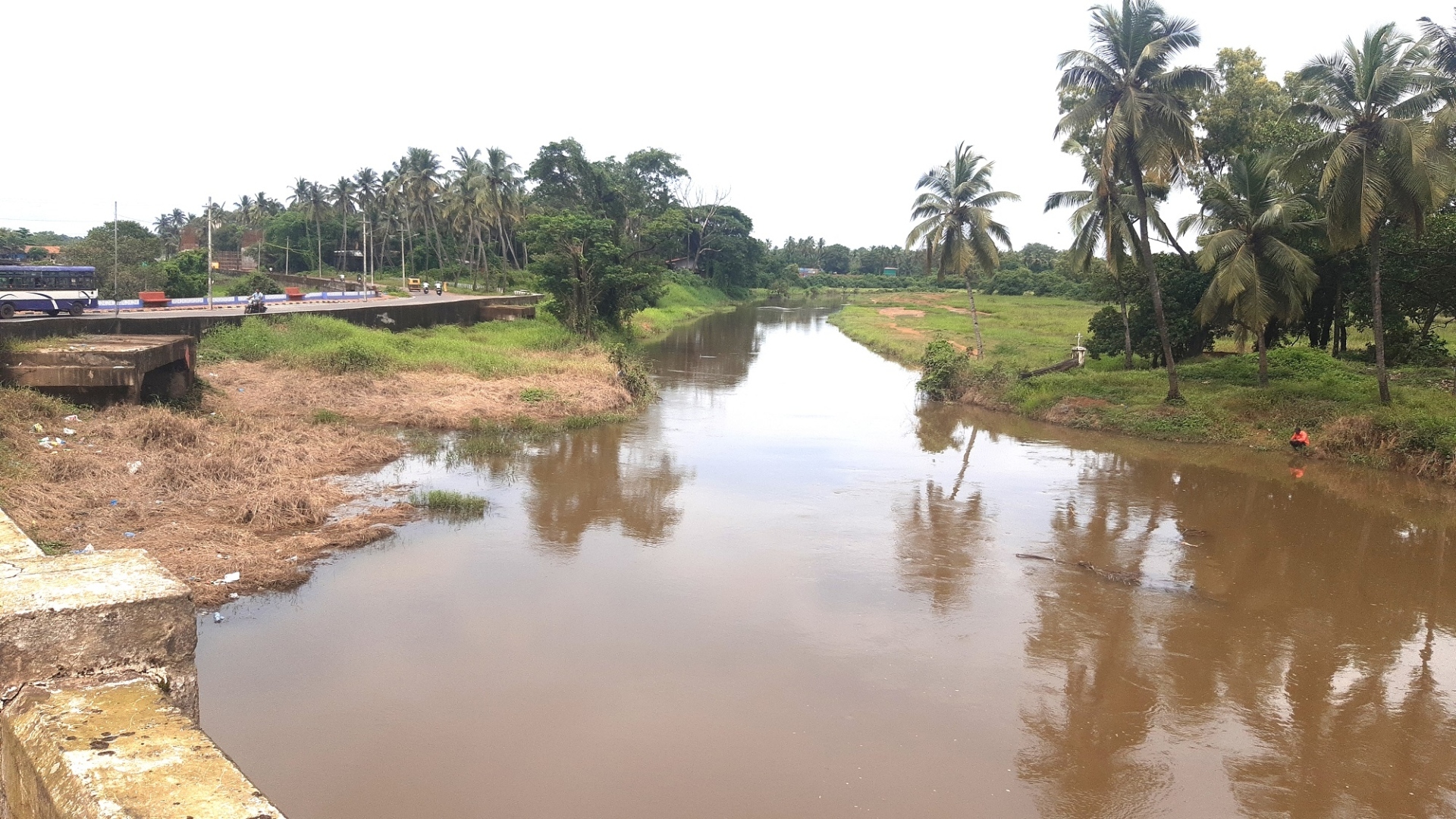Prof Joshi compiles report, says the river is lost

MARGAO
The economy and environment Think Tank – Centre for Promoting Indian Economy (CPIE India) has on Thursday likened the river Sal – often called the lifeline of Salcete – to a gutter, drain or nullah, which can no longer be called or termed as a river in most places where it flows.
In fact, Prof Sushant Joshi of the CPIE India, whose team surveyed the river last month said, “We have lost the river and it is just a gutter or nullah,” Prof Joshi has compiled a report on river Sal titled “Pollution of River Sal in South Goa”.
Lion Ularico Rodrigues, hailing from Vasco, who has been involved with environmental issues in South Goa, said the River Sal is almost dead and polluted throughout its course. “Raw, untreated sewage flows unhindered into the river at various points. Farmers in Seraulim are up in arms as sewage water from the river enters their fields, permanently polluting the soil and damaging their crops,” Ularico said.
He said marine and aquatic life in the river has perished and even the percentage of micro plastics, presence of fecal coliform bacteria and other pollutants are nearly four to five times of those as compared to March 2020, during the Covid lock down period. His concerns were echoed by the CPIE India report on Thursday, which collaborated with the concerns mentioned by him.
“The devastation of river Sal is man-made due to improper or mismanagement by various statutory and government bodies like the Goa State Pollution Control Board (GSPCB), the Water Resources Department (WRD), Panchayats of villages along the course of the river and the Government of Goa at large. We have destroyed the river Sal and if we do not act aggressively in the next few months, this water body will be lost to Goans forever,” Ularico asserted.
On the orders of the High Court, an inspection of the river was carried out by various agencies. At several places, including near the Kudchadkar hospital, raw, untreated sewage was found flowing into the nullah, which eventually connects to the main water body. The nullah in close vicinity of the sewage treatment plant (STP) was also seen filled with sewage water, and plastic and other non-degradable bio-waste floating in it.
Ularico said the river Sal is polluted to such an extent that wells in the vicinity are also going to be affected. “The quality of water in wells in the localities where the river Sal flows has fallen drastically. About two decades earlier, the water in the wells was potable and could be safely consumed by humans. Today, even animals and cattle are at risk as the level of pollutants and other chemical waste is so high that it could cause serious disease or illness in animals who consume the polluted water,” Ularico claimed.